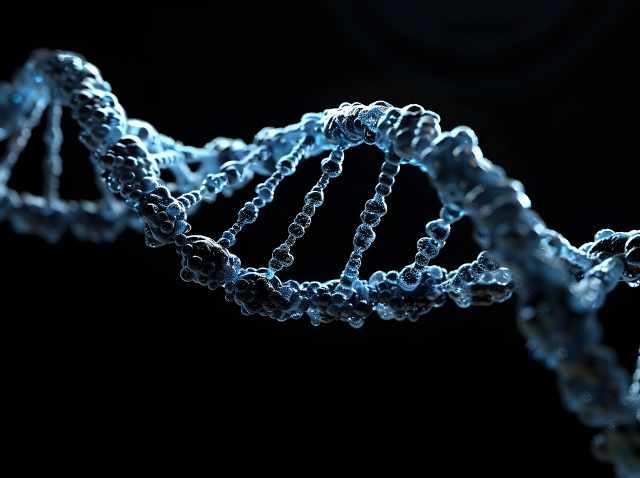
Genetic methylation is a fascinating biological process that acts like a switch, turning genes on or off without altering DNA. This epigenetic mechanism plays a crucial role in regulating bioprocesses, influencing everything from cell development to disease prevention. But what exactly is it, Genetic Methylation Test and why does it matter?
Basic Science Related Terms Used in this Blog – Read These For Better Understanding About Genetic Methylation.
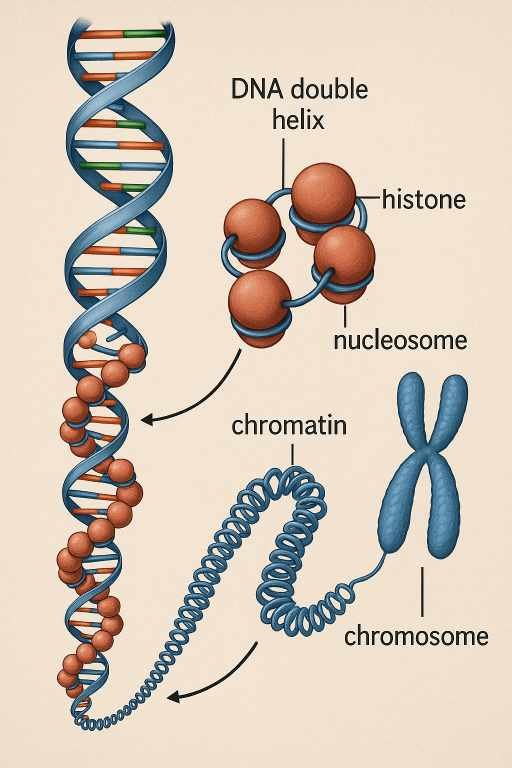
1 . Gene
A gene is like a small instruction note inside your cells that tells the body how to make something — usually a protein that does a specific job.
2. DNA
DNA is the long, twisted code hidden in almost every cell. It stores all the messages your body needs to grow, heal, and stay alive.
3. Histone
Think of histones as spools — your DNA coils around them so it fits inside cells and stays organized. They also help control which parts of the DNA are used.
4. Genomic
When something is called “genomic,” it simply means it’s connected to all of an organism’s genetic material — not just one part, but the whole DNA set.
5. Epigenetic
Epigenetics is like your body’s way of changing how genes behave, without rewriting the gene itself — it’s like dimming the lights instead of changing the bulb.
6. Methylation
Methylation is when a tiny chemical tag is placed on DNA, which often acts like a signal to turn a gene down or off.
7. Methyltransferase
This is the worker enzyme that sticks methyl tags onto DNA or proteins, helping the body decide which genes to quiet or activate.
8. SAM (S-Adenosyl Methionine)
SAM is the body’s main “methyl supplier.” It hands over the methyl groups needed for methylation and other chemical jobs in the body.
9. CRISPR
CRISPR is a gene-editing tool — kind of like a digital scissors — that lets scientists find a specific part of DNA and change it precisely.
10. PCR
PCR is a method scientists use to copy DNA many times over — like making thousands of duplicates of one important page from a book.
11. Bisulfite Sequencing
This technique helps detect DNA methylation by changing certain DNA letters during testing, making it easier to spot where methyl marks exist.
12. Microarray-Based Assays
These are tools that allow scientists to scan many genes at once — kind of like checking hundreds of switches to see which are on or off.
13. SNP (Single Nucleotide Polymorphism)
An SNP is a small, natural variation in DNA — like a single-letter spelling difference — which can influence how people look, behave, or get sick.
14. CpG Islands
CpG islands are regions in DNA where a “C” and “G” pattern repeats often. These areas are often near important genes and help control their activity.
Definition of Genetic Methylation
Genetic methylation is replacing of Cytosine bases by Methyl groups ( CH3) molecules . This modification affects how genes are expressed, controlling bioprocesses like growth, repair, and immune responses. It’s like a dimmer switch for genes, fine-tuning their activity to suit the body’s needs.
Genetic methylation is vital for normal development and maintaining health. It helps regulate gene expression, ensuring cells function correctly. Abnormal methylation patterns are linked to diseases like cancer, making it a key focus in medical research. Genetic methylation testing can reveal insights into health risks, enabling personalized treatments. By understanding and controlling this process, scientists aim to revolutionize healthcare, offering new ways to prevent and treat diseases.
We’ll Cover These Topics in This Read
Process of Genetic Methylation

How It Occurs
The process begins during DNA replication or in response to environmental cues, like diet or stress. Methyl groups are donated by S-adenosylmethionine (SAM) molecules , guided by enzymes to specific genomic sites. This dynamic modification is reversible, allowing cells to adapt gene expression to changing conditions.
Influence on Humans and Animals
In humans and animals, genetic methylation shapes development, immune responses, and disease susceptibility. Aberrant methylation is linked to cancer, neurological disorders, and aging. In animals, it influences traits like coat color and behavior. Genetic methylation testing helps identify these patterns, aiding personalized medicine and breeding programs.
Factors Affecting Genetic Methylation
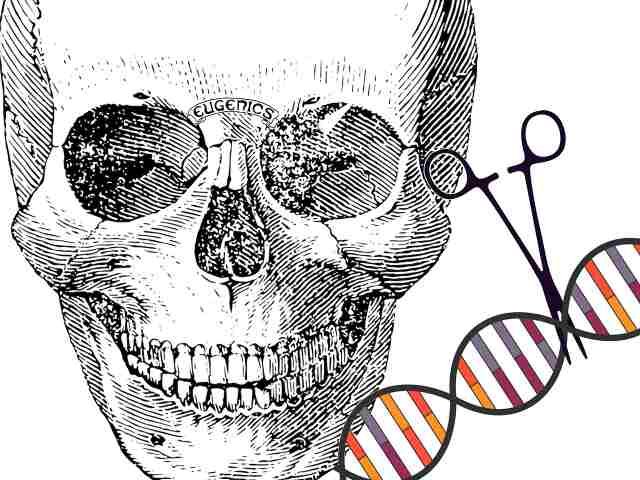
Environmental Influences
Genetic methylation is highly sensitive to environmental factors. Diet, particularly folate and B-vitamin intake, provides methyl donors like S-adenosylmethionine (SAM), directly impacting methylation levels. Exposure to toxins, pollutants, or stress hormones can disrupt methylation patterns, altering gene expression and increasing disease risk in humans and animals.
Lifestyle Factors
Lifestyle choices, such as smoking, alcohol consumption, and physical activity, significantly influence genetic methylation. For instance, regular exercise may enhance methylation stability, while smoking can induce aberrant methylation linked to cancer.
Developmental and Genetic Factors
Age and developmental stages affect methylation, with distinct patterns emerging during fetal development and aging. Genetic variations, like single nucleotide polymorphisms (SNPs), can also alter methyltransferase activity, affecting methylation efficiency.
Implications for Testing
Genetic methylation testing identifies these variations, enabling tailored interventions for health optimization in humans and selective breeding in animals, ensuring better disease resistance and trait expression.
Investigation , Diagnostics Techniques and it’s Effect.
Diagnostic Techniques
Investigating genetic methylation involves advanced techniques like bisulfite sequencing, which maps methylated cytosines with high precision. Methylation-specific PCR and microarray-based assays detect methylation patterns in specific genes, while next-generation sequencing offers genome-wide analysis. These methods, integral to genetic methylation testing, identify epigenetic changes linked to diseases in humans and animals.
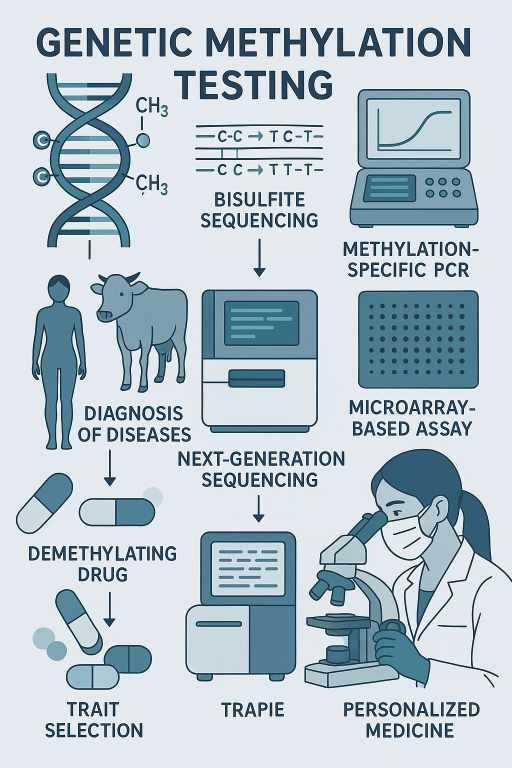
Effects of Investigation
Understanding methylation patterns reveals insights into gene regulation, aiding early diagnosis of conditions like cancer, Alzheimer’s, and developmental disorders in humans. In animals, it informs breeding strategies by identifying traits like disease resistance or growth potential. Aberrant methylation detection guides targeted therapies, such as demethylating drugs, and supports personalized medicine. These diagnostics also uncover environmental impacts on epigenetics, enhancing preventive health strategies and improving outcomes across species.
Influence of Genetic Methylation Testing and Mutation
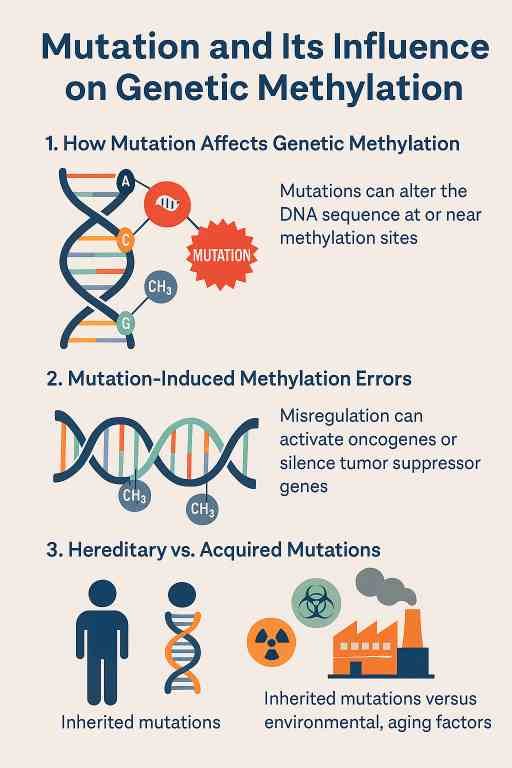
Effects of Genetic Methylation
Genetic methylation regulates gene expression, profoundly impacting bioprocesses in humans and animals. It influences development, immune function, and disease susceptibility. Hypermethylation can silence tumor suppressor genes, promoting cancers, while hypomethylation may activate harmful genes, linked to neurological disorders or aging. In animals, methylation affects traits like fertility or stress resilience.
Interplay with Mutation
Mutations, such as DNA sequence changes, can disrupt methylation sites, altering epigenetic control. For instance, mutations in methyltransferase genes impair methylation, leading to diseases like imprinting disorders. Conversely, abnormal methylation can stabilize mutations, increasing disease risk. This interplay shapes phenotypic diversity and disease outcomes.
Diagnostic Impact
Genetic methylation testing detects these epigenetic and mutational changes, guiding personalized treatments for humans and optimizing breeding programs in animals to enhance desirable traits and health.
Therapies Targeting Genetic Methylation
Therapeutic Approaches
Therapies modulating genetic methylation aim to correct aberrant epigenetic patterns in humans and animals. DNA methyltransferase inhibitors, like azacitidine and decitabine, reduce hypermethylation, reactivating silenced genes in cancers such as leukemia. Histone deacetylase inhibitors complement these by enhancing gene expression. Targeted therapies, guided by genetic methylation testing, use CRISPR-based tools to edit methylation at specific genomic sites, offering precision in treating disorders like neurological diseases.
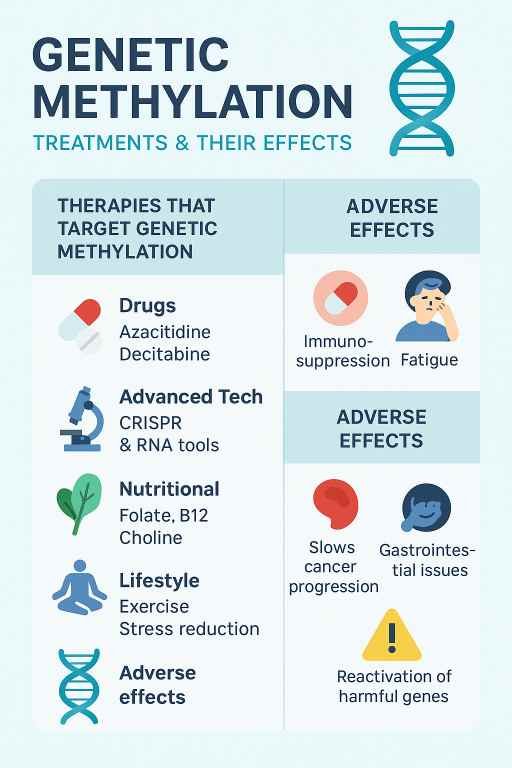
Applications and Benefits
These therapies restore normal gene function, improving disease outcomes in conditions like cancer and imprinting disorders. In animals, methylation-targeted interventions enhance traits like disease resistance, supporting healthier livestock. Ongoing research explores dietary interventions, such as folate supplementation, to influence methylation naturally, promoting preventive health.
video Courtesy : Dr .Rhonda Patrick / FoundMyFitness YouTube channel .
Future Potential
Advancements in methylation therapies promise personalized treatments, leveraging epigenetic insights for better health across species.
You can Comment Down Your , Reviews and Questions below .